Europe's Earth Wonders
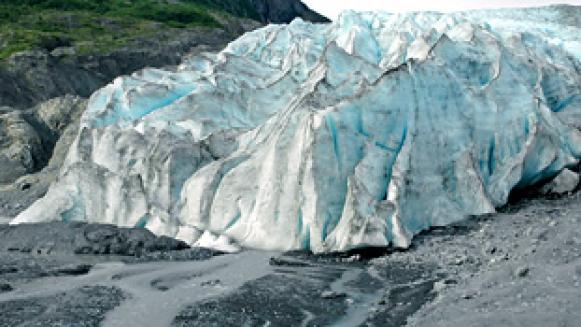
Iceland is a unique country with sprawling glaciers, active volcanoes and unusual terrain, while Norway is filled with awe-inspiring fjords. Visit these European countries to experience some of the Earth's best natural wonders.
Vatnajokull Glacier
Iceland
Iceland's Vatnajokull Glacier is the largest ice cap in Europe, covering over 5,000 square miles and plunging to depths of over 3,000 feet. This glacier encases active volcanoes similar to those under Eyjafjallajokull Glacier that erupted in 2010 causing travel snafus throughout Europe. Vatnajokull is so large that it can easily be seen from space, but forgo the spaceship and book a tour on a snow mobile or customized jeep to travel across the rocky, icy glacier.
Thingvellir National Park
Iceland
You can witness the spot where the Earth's giant tectonic plates shift and pull apart at Thingvellir National Park, which is where the European and North American plates meet. These powerful forces are still hard at work as red-hot magma fills the gap 6,000 feet underground between the tectonic plates. This intense heat creates pressure that fuels the Strokkur geyser, sending water and steam erupting 100 feet into the air. The country harnesses this natural energy to generate electricity and stoke the tourism industry at the Blue Lagoon Spa, which uses the clean, mineral-rich and naturally heated water that is run-off from the power plant.
Norwegian Fjords
Norway
Norway is known as the Land of Fjords thanks to its unusually high concentration of sculpted coastal inlets along the country's western shores. There are over 200 scenic fjords, including the daunting Sognefjord, or King Fjord, that beckons adrenaline junkies to go base-jumping from the 6,000-foot cliffs. Jumpers on this wild ride can reach speeds up to 120 miles an hour as they freefall through Norway's natural wonders.
Lake Myvaten
Iceland
Located on the northern end of Iceland, Lake Myvaten is an unusual spot with volcanoes, steaming vents, bubbling hot mud and weird rock formations, including the vaulted cave known as the Cathedral. The terrain is so strange that NASA used the area to train the Apollo astronauts because the expansive lava fields replicate otherworldly geography. Despite the bizarre conditions, there's a thriving wildlife community, including the largest collection of bird species in all of Europe.
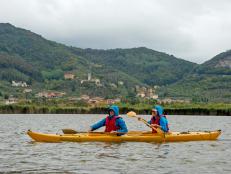
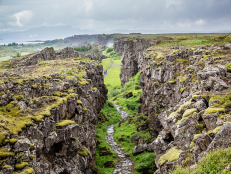
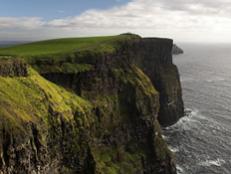
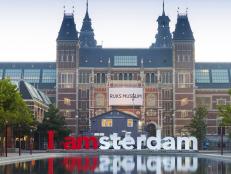


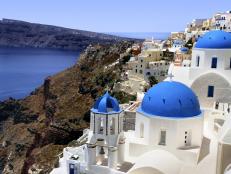
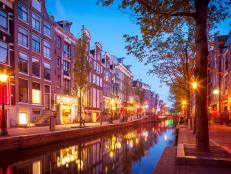
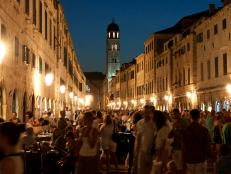
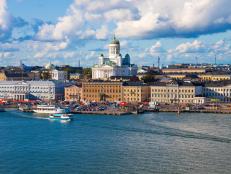

















.jpg.rend.hgtvcom.231.174.suffix/1674758726773.jpeg)











